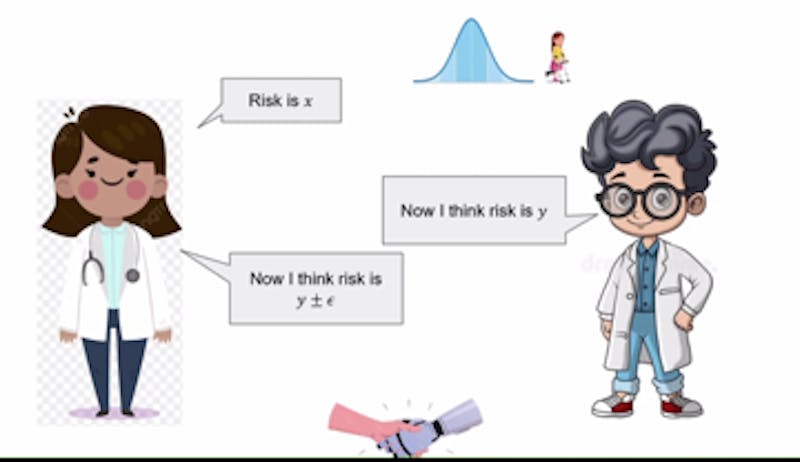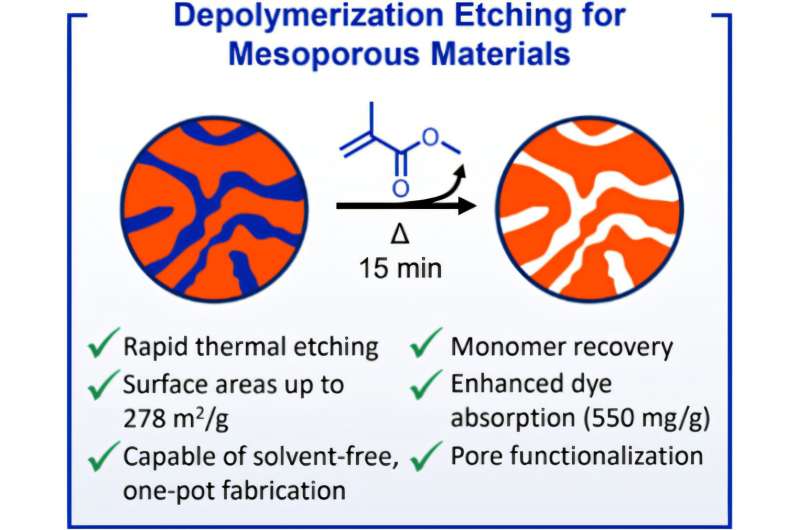Researchers at Texas A&M University have made significant strides in understanding joint cartilage regrowth, potentially paving the way for regrowing lost human limbs. This breakthrough is particularly relevant for the approximately 2.1 million people in the United States living with limb loss, a number projected to increase more than threefold by 2060 due to rising vascular diseases such as diabetes.
Unlike certain species like the axolotl, which can regenerate entire limbs, humans typically only regenerate the tips of fingers under specific conditions. However, a team from the College of Veterinary Medicine and Biomedical Sciences (VMBS) has identified a critical protein known as fibroblast growth factor (FGF) that can regenerate complex structures within a finger joint, including articular cartilage, tendons, and ligaments.
Dr. Lindsay Dawson, an assistant professor in the VMBS’ Department of Veterinary Physiology and Pharmacology, highlighted the importance of FGFs in bone regeneration. “We know that bone regeneration requires many different factors, one of which is FGFs,” she said. The research team successfully implanted various FGFs into tissues that typically do not regenerate and discovered that one, FGF8, can restore a complete joint along with the beginnings of a fingertip.
While FGF8 cannot regenerate certain visible features, such as a fingernail, its discovery marks a vital step toward achieving full limb regeneration. “Our expectation is that if we can figure out all the factors that regenerate a finger, then we could apply those factors anywhere on the rest of the arm, or even a leg, and regrow a limb,” Dawson explained.
The research serves as a proof of concept, demonstrating that cells typically bound for scar formation can be redirected by FGF8 to create five distinct types of tissue. “We were amazed at how much this one factor can do,” Dawson added.
Graduate student Sarah Wolff expressed enthusiasm for further research. “We’ve discovered that joint regeneration is associated with less mature tissues,” she said. Wolff is eager to explore how joint regeneration can be stimulated throughout a person’s lifespan.
This discovery not only holds promise for those affected by limb loss but also contributes to the broader field of regenerative medicine, potentially transforming the future of treatment for various injuries and conditions. The ongoing investigations at Texas A&M University could ultimately lead to groundbreaking solutions for millions facing the challenges of limb loss.







